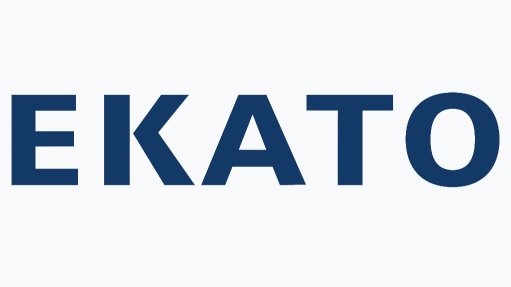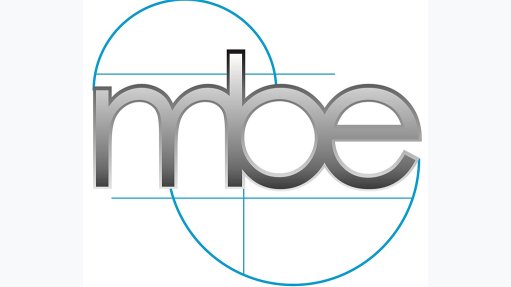TFA – three years on
The World Trade Organisation’s (WTO’s) Trade Facilitation Agreement (TFA), the first multilateral deal concluded in the WTO’s 25-year history, marked its third year of existence on February 22. The TFA comprises WTO members’ commitments to expediting the movement, release and clearance of goods across borders.
The ‘Three Years in Five Figures’ document, released by the WTO to emphasise the success of the TFA, shows that 91% of the organisation’s members –164 – have already ratified the TFA, while the implementation rate has reached 65%, based on members’ notifications and developed members’ commitments. The implementation rate of least-developed countries is now 31%, up from 2% in the past two years. Further, about 50% of the members have submitted information to help traders understand procedures, while the TFA has the potential, on full implementation, to slash trade costs by an average of 14%.
Additional information on the implementation process of the TFA can be obtained from the WTO’s Trade Facilitation Database, which is accessible at https://tfadatabase.org.
The website features a number of ‘quick links’, such as to the ‘WTO’s Trade Facilitation Committee’, ‘Notification requirements for WTO members: who needs to notify what, by when and how?’, ‘Matrix of notifications’ and ‘Experience-sharing presentations’.
The WTO has, at the request of developing and least-developed countries, also created a TFA Facility (TFAF), which is accessible at www.TFAFacility.org. The TFAF helps to ensure that these countries receive all the assistance needed to reap the full benefits of the TFA.
These are not the only resources available to those interested in learning more about the TFA; a comprehensive resource can be found at https://www.wto.org/english/tratop_e/tradfa_e/tradfa_e.htm.
Those involved in international trade would do well to familiarise themselves with the TFA and the resources that the WTO has made available free of charge.
Essentially, trade facilitation is concerned with cutting ‘red tape’ at the border. Thus, the TFA comprises provisions for expediting the movement, release and clearance of goods, including goods in transit. It also sets out measures for effective cooperation between customs and other appropriate authorities on trade facilitation.
If the TFA realises one thing, and one thing only, it must be the fulfilment of its Article 1, ‘Publication and Availability of Information’, which requires WTO members to promptly publish information in a nondiscriminatory and easily accessible manner to enable governments, traders and other interested parties to become acquainted with them.
The information that must be published includes procedures for importation, exportation and transit (including port, airport and other entry-point), as well as the required forms and documents; applied rates of duty and taxes of any kind imposed on or in connection with importation or exportation; fees and charges imposed by or for government agencies on or in connection with importation, exportation or transit; rules for the classification or valuation of products for customs purposes; laws, regulations and administrative rulings of general application relating to rules of origin; import, export or transit restrictions or prohibitions; penalty provisions for breaches of import, export or transit formalities; procedures for appeal or review; agreements or parts thereof with any country or countries relating to importation, exportation or transit; and procedures relating to the administration of tariff quotas.
Strangely, the initial aim of this column, double-digit years ago, was to provide readers with the aforementioned information. In light of the unrelenting march of the Internet, I contend that there is a dire need for the creation of a South African Trade Facilitation website that is structured in accordance to Article 1 of the TFA.
Article Enquiry
Email Article
Save Article
Feedback
To advertise email advertising@creamermedia.co.za or click here
Comments
Press Office
Announcements
What's On
Subscribe to improve your user experience...
Option 1 (equivalent of R125 a month):
Receive a weekly copy of Creamer Media's Engineering News & Mining Weekly magazine
(print copy for those in South Africa and e-magazine for those outside of South Africa)
Receive daily email newsletters
Access to full search results
Access archive of magazine back copies
Access to Projects in Progress
Access to ONE Research Report of your choice in PDF format
Option 2 (equivalent of R375 a month):
All benefits from Option 1
PLUS
Access to Creamer Media's Research Channel Africa for ALL Research Reports, in PDF format, on various industrial and mining sectors
including Electricity; Water; Energy Transition; Hydrogen; Roads, Rail and Ports; Coal; Gold; Platinum; Battery Metals; etc.
Already a subscriber?
Forgotten your password?
Receive weekly copy of Creamer Media's Engineering News & Mining Weekly magazine (print copy for those in South Africa and e-magazine for those outside of South Africa)
➕
Recieve daily email newsletters
➕
Access to full search results
➕
Access archive of magazine back copies
➕
Access to Projects in Progress
➕
Access to ONE Research Report of your choice in PDF format
RESEARCH CHANNEL AFRICA
R4500 (equivalent of R375 a month)
SUBSCRIBEAll benefits from Option 1
➕
Access to Creamer Media's Research Channel Africa for ALL Research Reports on various industrial and mining sectors, in PDF format, including on:
Electricity
➕
Water
➕
Energy Transition
➕
Hydrogen
➕
Roads, Rail and Ports
➕
Coal
➕
Gold
➕
Platinum
➕
Battery Metals
➕
etc.
Receive all benefits from Option 1 or Option 2 delivered to numerous people at your company
➕
Multiple User names and Passwords for simultaneous log-ins
➕
Intranet integration access to all in your organisation














